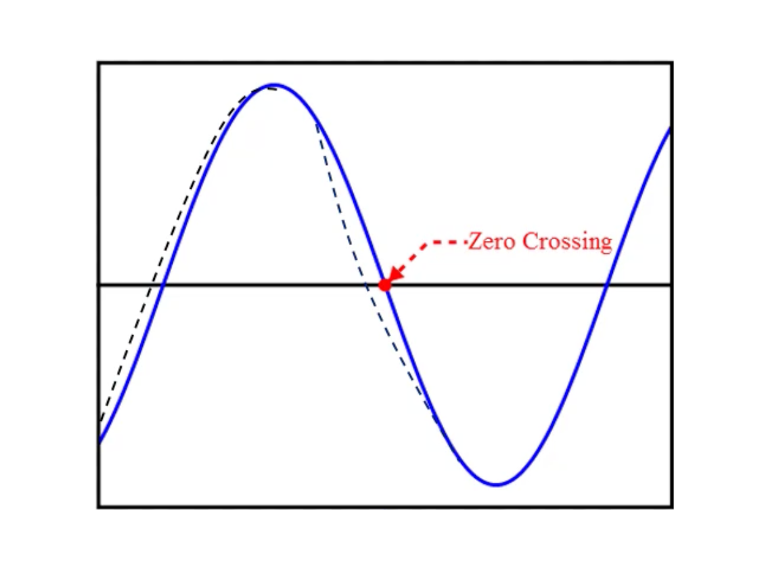
Comprehensive Guide to Understanding Phase Noise in PLLs
Phase noise is a critical parameter in the design and analysis of phase-locked loops (PLLs) and oscillators. It represents the short-term, random fluctuations in the phase of a signal and can significantly impact the performance of communication systems. This comprehensive guide will summarize the key concepts and analyses from a series of detailed blog posts on phase noise in PLLs.
Understanding Phase Noise in Phase-Locked Loops (PLLs)
Phase noise in PLLs refers to the frequency stability of the signal produced by the PLL. It’s crucial for various applications, including communication systems, where it can affect the quality of the transmitted signal. Key points include:
Definition and Impact: Phase noise represents the spectral purity of the signal and can degrade system performance by causing signal distortion and data errors.
Measurement: Phase noise is typically measured in dBc/Hz at a specific offset from the carrier frequency.
Analyzing VCO Phase Noise and Transfer Functions in PLLs
The Voltage-Controlled Oscillator (VCO) is a fundamental component of PLLs, and its phase noise characteristics play a significant role in the overall performance of the system.
- VCO Phase Noise: This is the intrinsic noise of the VCO and is influenced by various factors, including the design and environmental conditions.
- Transfer Function: The PLL’s transfer function determines how the phase noise of the VCO and other components is shaped and filtered. Understanding this function is essential for predicting the PLL’s output phase noise.
Understanding Spur Suppression vs. Phase Noise Reduction in PLLs
Spurs are unwanted spectral components that can arise due to various non-idealities in the PLL, such as reference spurs or fractional spurs in fractional-N PLLs.
Spur Suppression: Techniques such as improved loop filter design and careful choice of PLL parameters can help suppress spurs.
Phase Noise Reduction: This involves minimizing the intrinsic phase noise of the PLL components, especially the VCO and the reference oscillator.
Analysis of Phase Noise Sources in Phase-Locked Loops (PLLs)
Identifying and understanding the sources of phase noise within a PLL is critical for designing low-noise PLLs.
- Primary Sources: These include the reference oscillator, the VCO, the loop filter, and the phase detector. Each of these components contributes differently to the overall phase noise.
- Noise Analysis: Techniques such as phase noise modeling and simulation help in quantifying the contributions of each noise source.
Phase Noise Sources in PLL and Transfer Function Reference Phase Noise
The transfer function of a PLL not only shapes the VCO phase noise but also affects how other noise sources are transferred to the output.
- Reference Phase Noise: The noise from the reference oscillator is transferred through the PLL and can dominate the output phase noise at certain offset frequencies.
- Loop Dynamics: The bandwidth and design of the loop filter influence how different noise sources are filtered and transferred.
Understanding Jitter and Phase Noise in Oscillators
Jitter and phase noise are closely related but represent different aspects of signal stability.
- Jitter: This is the time-domain representation of phase noise and is critical for timing applications. It measures the deviation in signal timing and can affect data integrity.
- Phase Noise Relationship: Understanding the relationship between phase noise and jitter helps in translating frequency-domain specifications into time-domain performance metrics.
Further Reading
For more detailed information on phase noise and jitter, consider exploring the following articles:
- Understanding Phase Noise in Phase-Locked Loops (PLLs)
- Analyzing VCO Phase Noise and Transfer Functions in PLLs
- Understanding Spur Suppression vs. Phase Noise Reduction in PLLs
- Analysis of Phase Noise Sources in Phase-Locked Loops (PLLs)
- Phase Noise Sources in PLL and Transfer Function Reference Phase Noise
- Understanding Jitter and Phase Noise in Oscillators
Conclusion
Phase noise is a complex but essential parameter in the design of PLLs and oscillators. By understanding the sources of phase noise, the impact of various components, and the techniques for noise suppression and reduction, engineers can design more robust and reliable communication systems. This guide has summarized key insights from detailed analyses, providing a comprehensive overview for anyone looking to deepen their understanding of phase noise in PLLs.

Learn more about this topic by taking the complete course ‘Phase Lock Loop System Design Theory and Principles RAHRF469’. Watch the course videos for more detailed understanding. Also checkout other courses on RF system and IC design on https://rahsoft.com/courses/. Rahsoft also provides a certificate on Radio Frequency. All the courses offer step by step approach.
Tag:Phase Locked Loop, Phase Noise, PLL



